Physics for Radiation Protection
A practical guide to the basic physics that radiation protection professionals need A much-needed working resource for health physicists and other radiation protection professionals, this volume presents clear, thorough, up-to-date explanations of the basic physics necessary to address real-world problems in radiation protection. Designed for readers with limited as well as basic science backgrounds, Physics for Radiation Protection emphasizes applied concepts and carefully illustrates all topics through examples as well as practice problems. Physics for Radiation Protection draws substantially on current resource data available for health physics use, providing decay schemes and emission energies for approximately 100 of the most common radionuclides encountered by practitioners. Excerpts of the Chart of the Nuclides, activation cross sections, fission yields, fission-product chains, photon attenuation coefficients, and nuclear masses are also provided. Coverage includes: The atom as an energy system An overview of the major discoveries in radiation physics Extensive discussion of radioactivity, including sources and materials Nuclear interactions and processes of radiation dose Calculational methods for radiation exposure, dose, and shielding Nuclear fission and production of activation and fission products Specialty topics ranging from nuclear criticality and applied statistics to X rays Extensive and current resource data cross-referenced to standard compendiums Extensive appendices and more than 400 figures This complete discussion of the basic concepts allows readers to advance their professional skills.
{{comment.content}}
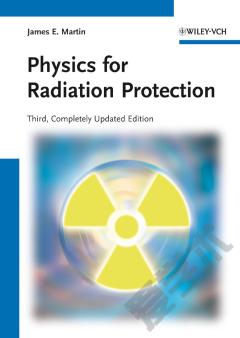
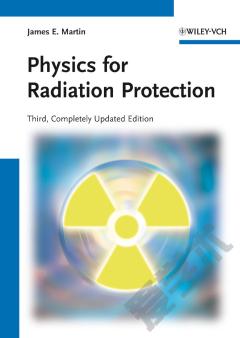
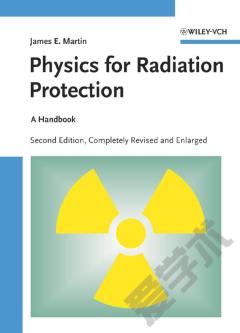
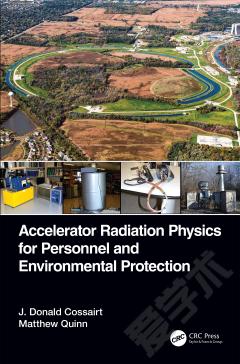
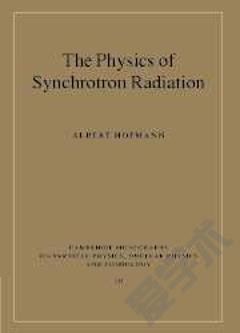
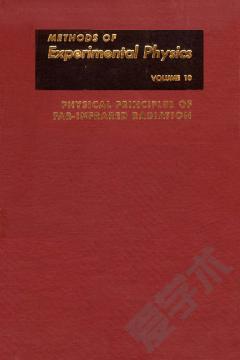
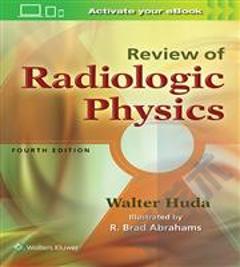

 京公网安备 11010802027623号
京公网安备 11010802027623号